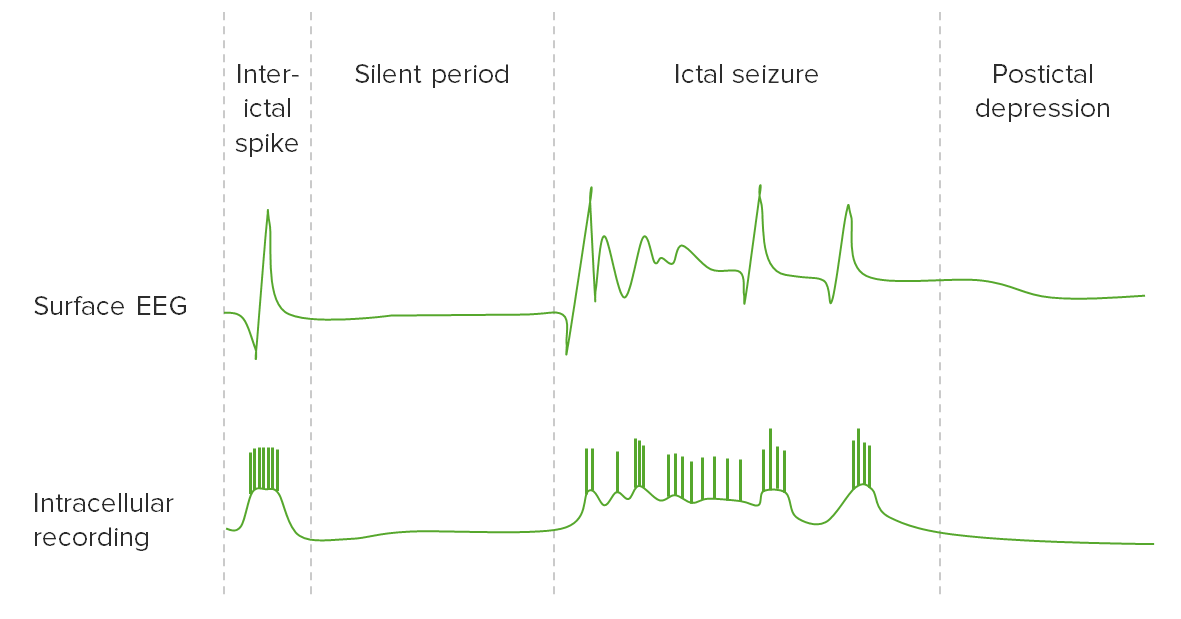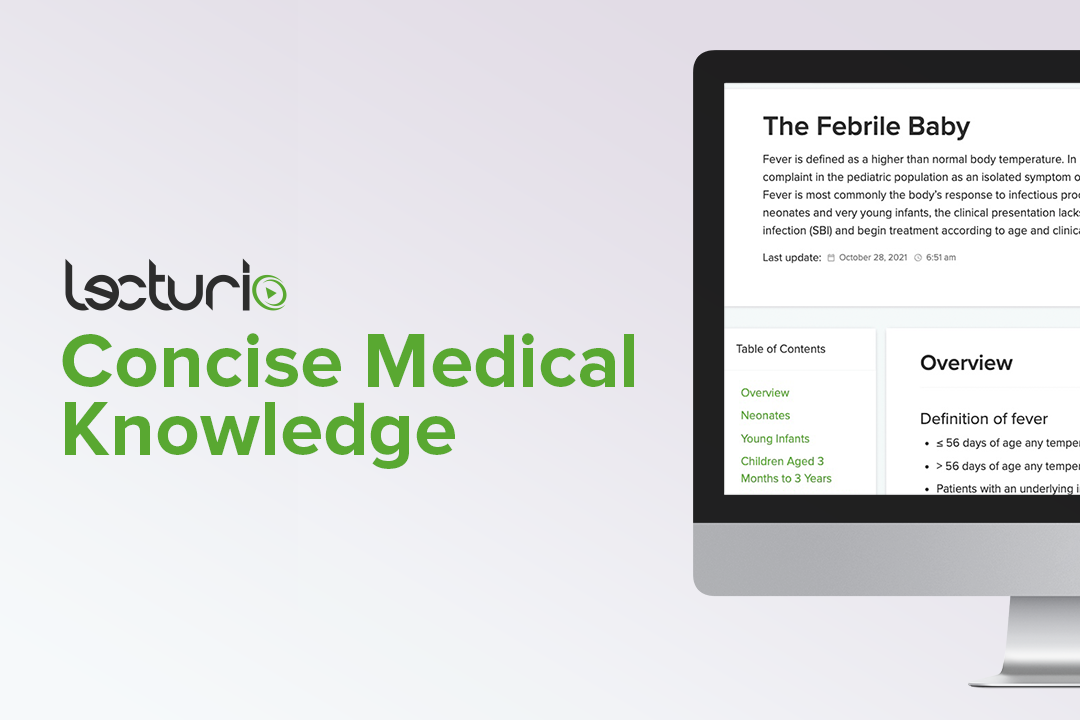Playlist
Show Playlist
Hide Playlist
Evaluation of the First Non-Febrile Seizure and Childhood Epilepsy
-
Slides 09 Seizures Neuropathology I.pdf
-
Download Lecture Overview
00:01 Evaluation of First Non-Febrile Seizure. 00:04 We have two age groups. 00:06 Children and adults. 00:08 Let’s talk about these seizures. 00:12 H&P in children is important. 00:15 In a child, EEG, lab work, neuroimaging, CSF analysis based on the age of your patient and clinical situation. 00:23 H&P in adult EEG and neuroimaging for the most part is all that you’d require here to find out what’s causing the first non-febrile seizure. 00:35 Laboratory evaluation and CSF analysis is case dependent, whereas in a child, CSF analysis is based on age of patient and then clinical situation. 00:48 Childhood Epilepsy. 00:50 So what are all the different causes of childhood epilepsy? And you keep this separate from febrile at this point. 00:59 Obviously, I need to put it in as well, but... 01:02 febrile seizure, remember the fever itself could be the possible trigger for the – The fever could be the trigger for the seizure. 01:10 Metabolic etiologies includes cerebral folate deficiency, creatine disorders, folinic acis responsive seizures GLUT1 deficiency, mitochondrial disorders, PNPO deficiency and peroxismal disorders. 01:29 Genetic factors of childhood epilepsy. 01:31 Genetic means any genetic mutation that can be chromosomal or molecular that results in the syndrome or epilepsy is a core feature and that is not a metabolic disorder. 01:42 It is important to stick to the accurate ILAE classification in epilepsy. 01:48 Multiple defects in metabolic pathways and other genetic diseases. 01:53 Idiopathic may be perhaps, the genetics could play a role, especially as we learn more and more and more about these channels, right? So you know about channelopathies. 02:05 Meningitis, possibly head injury. 02:08 Perinatal insults such as corticaldysplasia or palsy, perhaps. 02:14 Or tumors, much less common. 02:17 Much less common. 02:18 Childhood epilepsy. 02:20 Unprovoked. 02:21 Could febrile seizure go into epilepsy? Yes, it could. 02:26 But a very small percentage. 02:29 Hopefully, as we’re moving through here, you’re gaining a clear understanding of what you need to know for seizures in general.
About the Lecture
The lecture Evaluation of the First Non-Febrile Seizure and Childhood Epilepsy by Carlo Raj, MD is from the course Seizures.
Included Quiz Questions
What is TRUE regarding childhood epilepsy?
- There are multiple defects in metabolic pathways and genetic diseases that cause childhood epilepsy.
- Most children with febrile seizures will progress to epilepsy.
- Encephalitis and meningitis have no relation to seizures.
- Brain tumors are a common cause of childhood seizures.
- A single febrile seizure in a child warrants an immediate lumbar puncture for CSF analysis.
What is the most important test in diagnosing epilepsy?
- EEG
- Blood tests
- Lumbar puncture
- MRI brain
- CT brain
Customer reviews
5,0 of 5 stars
| 5 Stars |
|
5 |
| 4 Stars |
|
0 |
| 3 Stars |
|
0 |
| 2 Stars |
|
0 |
| 1 Star |
|
0 |







